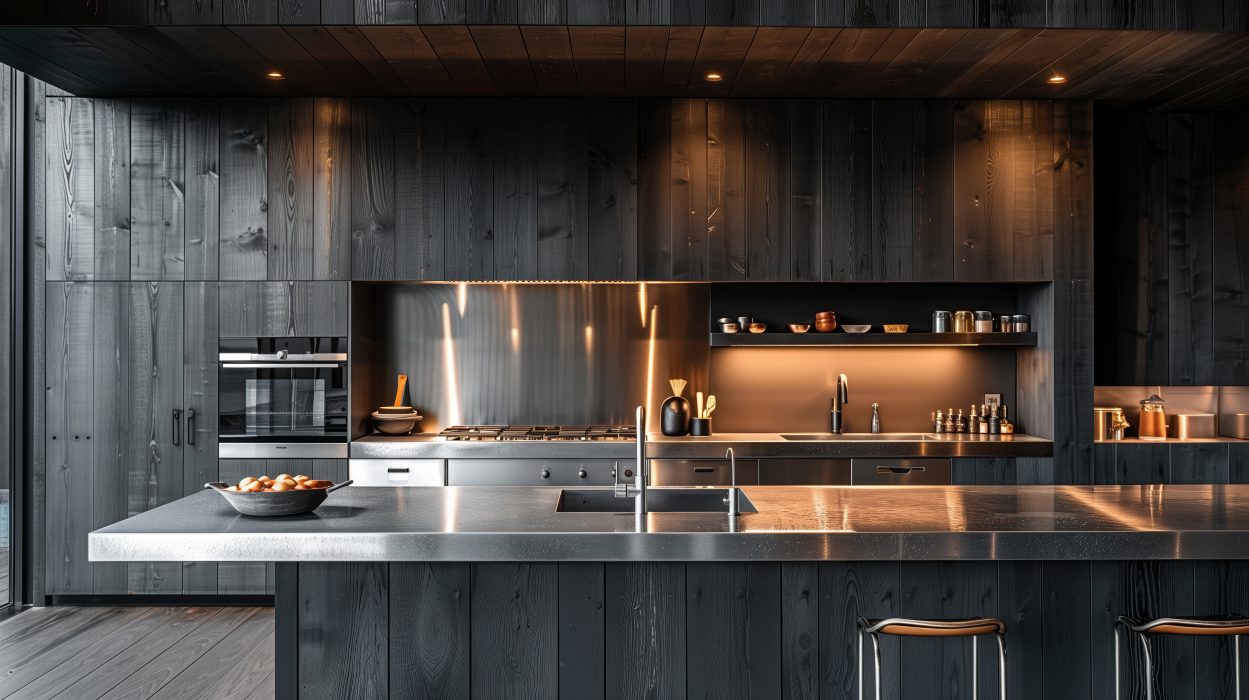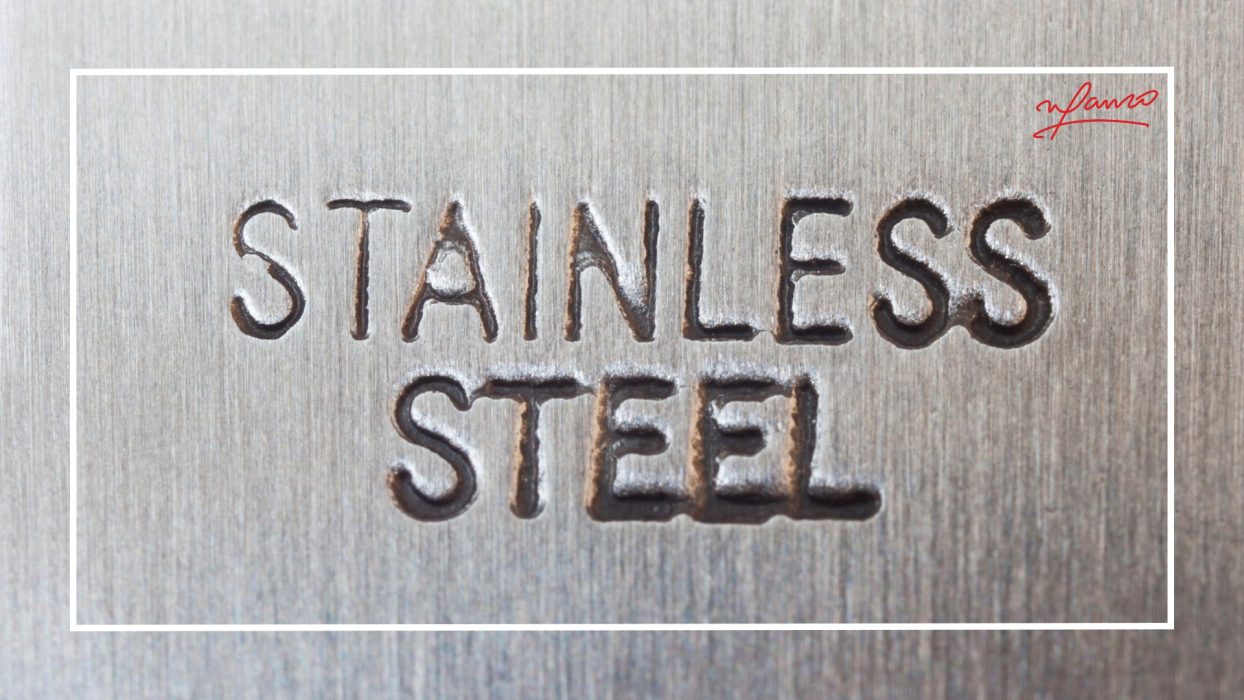Stainless steel plates begin as carefully selected raw materials and end as certified products that stand up to corrosion, heat, and demanding fabrication. This guide walks through the stages that turn scrap, ferro alloys, and virgin metals into traceable plates ready for inspection and installation. You will learn the major steps, the key controls that protect quality, and what to ask for in your RFQ and purchase order.
Process overview
From melt to mill ready plates the flow is simple to describe and exacting to execute.
-
Charge selection and melting in an electric arc furnace or equivalent route
-
Refining in AOD or VOD to control carbon, nitrogen, sulfur, and trace elements
-
Continuous casting into slabs with tight control on chemistry and cleanliness
-
Reheating and hot rolling on a plate mill to achieve target thickness and profile
-
Heat treatment for stainless grades often solution annealing followed by rapid quench
-
Surface preparation with pickling and passivation to restore the protective oxide layer
-
Leveling trimming and identification
-
Inspection testing and certification under EN 10204 type three point one
Melt and refine
Everything begins with chemistry. The melt shop chooses the charge mix to hit the intended grade and to minimize unwanted tramp elements. Refining uses processes like argon oxygen decarburization or vacuum oxygen decarburization to bring carbon to the correct level while holding chromium and nickel in range. Deoxidation and desulfurization steps improve cleanliness and toughness. The goal is a heat that will cast cleanly and roll predictably.
Cast clean slabs
The refined steel is cast as slabs on a continuous caster. Mold powder and controlled cooling prevent surface defects and internal segregation. Slab dimensions are chosen to suit the final plate sizes and thickness range. Each slab carries a heat number so traceability is never lost.
Reheat and hot rolling
Slabs enter a reheat furnace then move through roughing and finishing passes on the plate mill. Temperature control and reduction schedules shape the plate and align the microstructure for strength and formability. Inline measurements track thickness, crown, and flatness. Cooling on runout tables is managed so residual stresses remain low.
Heat treatment for stainless grades
Most austenitic plates receive solution annealing to dissolve carbides and restore corrosion resistance. The plate is heated to the correct solution range then rapidly quenched in water or a suitable medium. Duplex grades follow their own time and temperature windows to balance ferrite and austenite. Correct heat treatment protects toughness and weld performance.
Pickling and passivation
Rolling and heat treatment leave scale and heat tint on the surface. Chemical pickling removes these layers. Passivation restores the chromium rich oxide that gives stainless its corrosion resistance. For food and pharma service, finishing steps may also target a specific surface roughness that supports cleanability.
Leveling trimming and identification
Plates are leveled for flatness then trimmed to final size. Edge quality and squareness support faster fit up in fabrication. Each plate is hard stamped or stenciled with the grade, size, and heat number so inspection teams can track materials at every stage.
Inspection testing and certification
Quality teams verify dimensions, flatness, and surface condition. Mechanical tests confirm yield strength, tensile strength, and elongation. Impact tests are performed when the project or code requires them. Ultrasonic testing screens for internal discontinuities on critical jobs. Every shipment includes an EN 10204 type three point one mill test certificate with chemistry and mechanical results mapped to the heat number.
For typical sizes, grades, and finishes, review our Stainless Steel Plates page. If your project needs additional tests or documentation, our team will align the plan during RFQ.
How specifications shape the process
Choices you make in the inquiry directly influence manufacturing steps and lead time.
-
Grade and standard determine melt practice and refining targets
-
Thickness range and width drive slab selection and rolling schedules
-
Required heat treatment sets furnace time and quench route
-
Finish and roughness values define pickling passivation and any mechanical finishing
-
Testing scope decides hold points for NDT and sample preparation
Share these details early and manufacturing will move smoothly from planning to dispatch.
Packaging logistics and handling
Plates are cleaned, dried, and packed with separators to reduce abrasion. Edge protectors and lifting instructions help prevent damage on route and at site. Clear packing lists mirror your purchase order so receiving teams can book materials without delay.
RFQ checklist for stainless plates
Give your supplier this information for a complete and accurate quote.
-
Grade and standard with any optional elements or limits
-
Thickness width length and required quantity
-
Heat treatment finish and any target roughness
-
Testing and documents including EN 10204 type three point one and NDT scope
-
Processing needs such as cutting bevels or part marking
-
Delivery location target date and any site restrictions
Why teams choose Namco Industries
You get consistent chemistry control, reliable rolling windows, and documents that pass inspection the first time. Our focus is simple. Supply the right plate with clear traceability and dependable lead times so your fabrication stays productive and your site stays on schedule.
Conclusion
Stainless plate quality is the sum of clean melting, careful casting, controlled rolling, correct heat treatment, and thoughtful finishing. When each step is managed well the result is a plate that fabricates cleanly and performs in service. Ready to turn specifications into supply
Share your requirements and contact our team for a quick consult and a precise RFQ.



